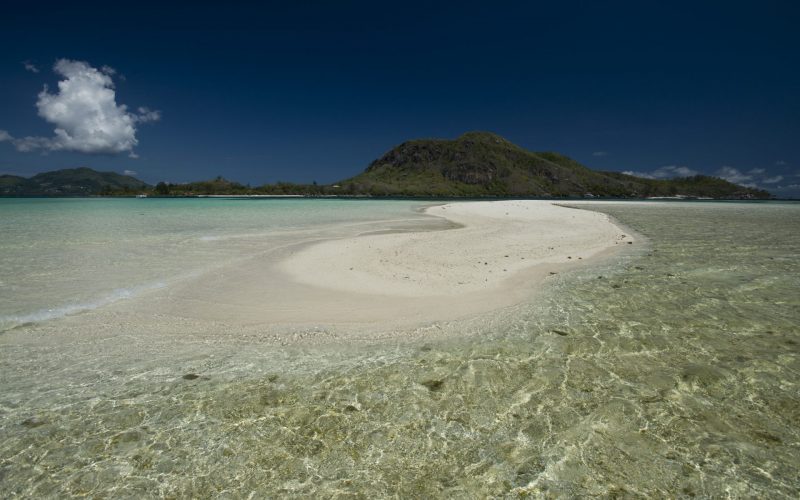First, there is surging two-way trade between Asia, the Gulf and Africa. Coupled with this phenomenon is the growing naval presence of emerging powers in the region. The expansion of Chinese naval activism, highlighted by the recent securing of port rehabilitation and naval basing arrangements stretching along the Indian Ocean’s periphery, is increasingly being matched by the conduct of India and Indonesia. However, what is most indicative of the new interest in the Indian Ocean is the growing array of strategic visions for the Indian Ocean produced by emerging powers. Leading this process are China, India and even Indonesia, all of whom are articulating national and regional approaches to this critical global waterway. South Africa too is expressing a new-found determination to secure vital commercial and national sea links through ‘Operation Phakisa’ and its chairing of the Indian Ocean Rim Association (IORA). In this evolving context, it is of vital importance that the African continent recognises the implications of these initiatives, their development and geo-strategic impact on Africa, and works actively to integrate its own planning towards this key marine resource highway.








